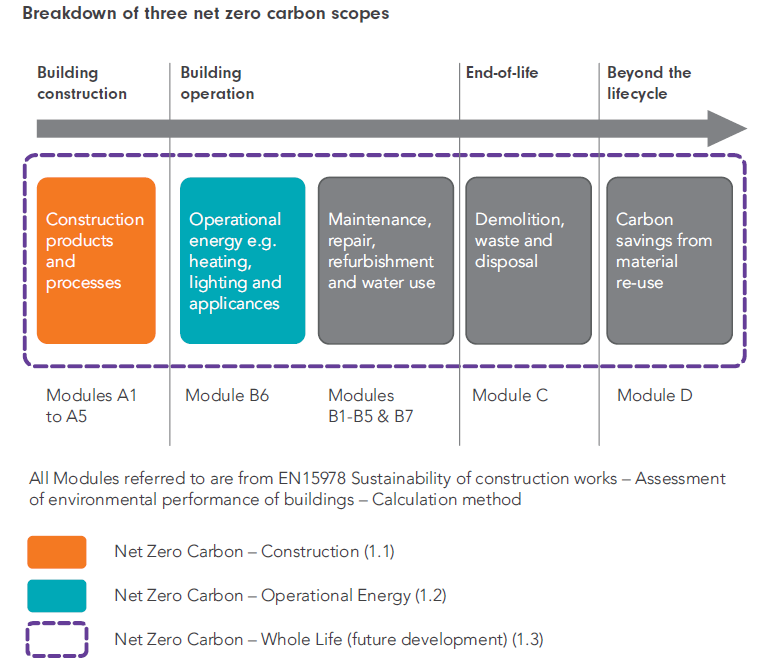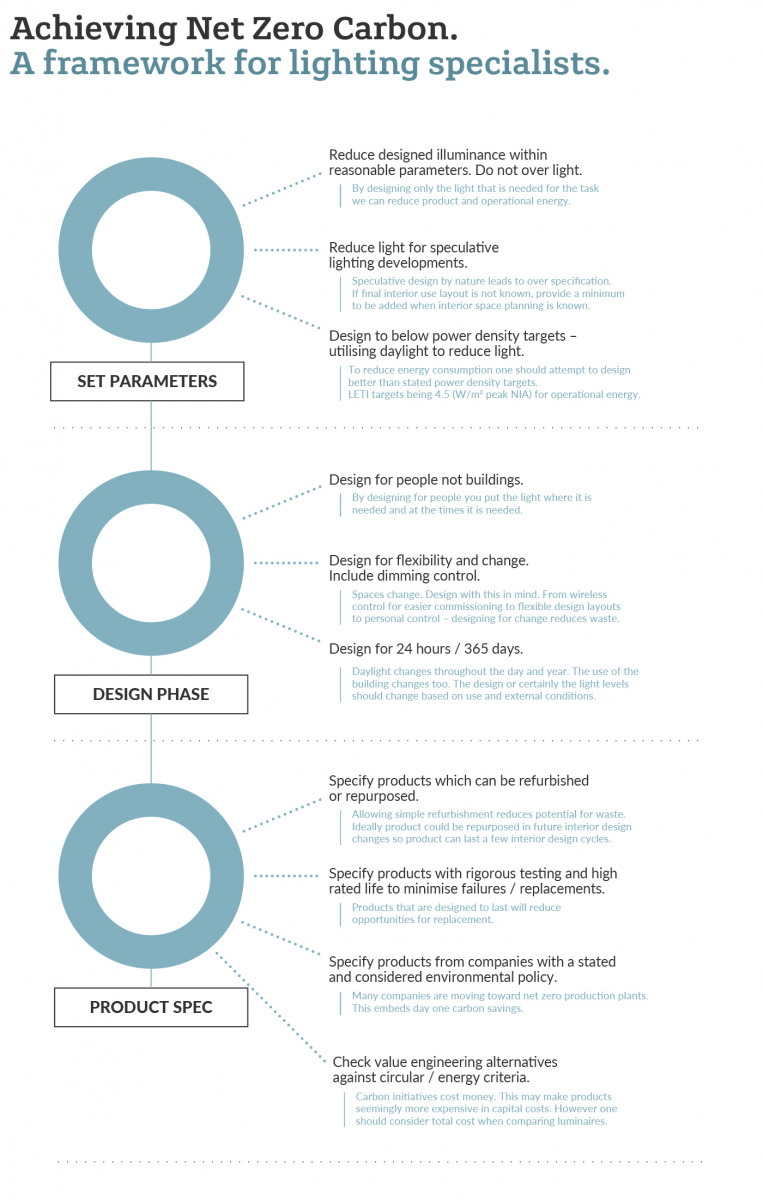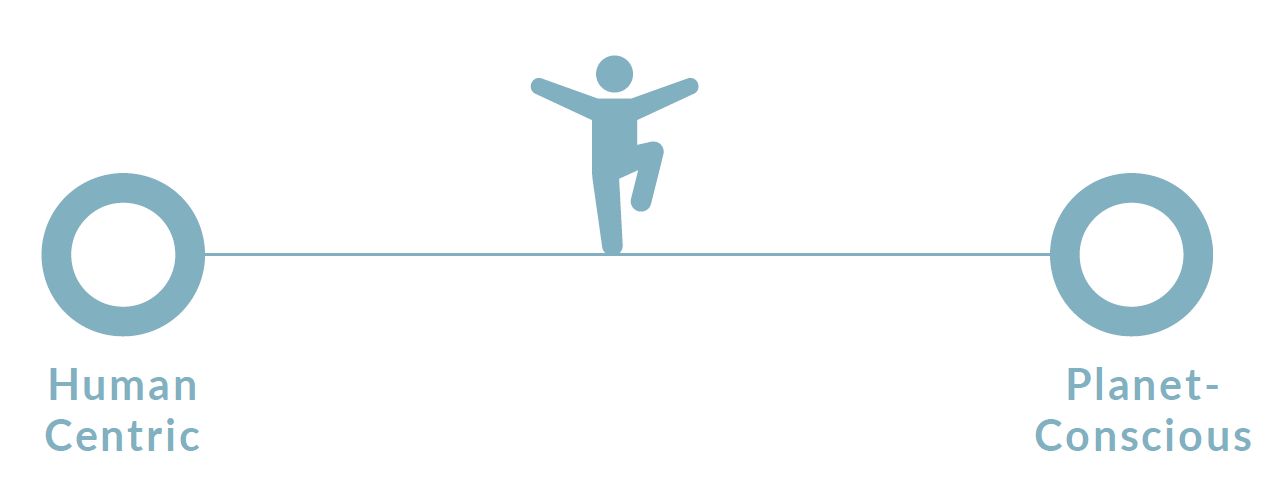Insights
Bright ideas: solving the human-centric/climate conundrum.
Lighting for Net Zero Carbon and the circular economy.
As we start another year, climate will be at the top of the agenda for anyone who works in the built environment. It is our responsibility to do what we can to meet the demands of Net Zero Carbon while creating healthy, people-centric spaces.
When it comes to lighting, we are extremely conscious that every light we specify represents energy and embodied carbon, and if we are to meet the targets of NZC we will need to use our skills to design spaces with minimal carbon. In this sense, NZC and the circular economy are deeply entangled in serving each other for low-carbon spaces. So how can we design lighting for low carbon and what do we need to change to provide more environmentally conscious designs?
What is Net Zero Carbon?
Buildings add carbon to our ecosystem and any additional carbon is adding to the problem of global warming as opposed to solving it. A Net Zero Carbon building is one that offsets its carbon using renewable energy and carbon offsetting methods. This is easier to do if the designed building uses as little carbon as possible in its construction, its operation and in its end of life.
The whole-life carbon of a building is measured in four main stages:
Construction – from how materials are taken from the earth to the carbon used to transport them and build the building.
In use – operational energy and repair, update, and refurbishment through the design life of the building.
Demolition and disposal – the energy used to take the building down.
Beyond the life-cycle – the offsetting of any previous carbon by reusing materials from demolition.

So how can lighting support NZC?
Lighting accounts for about 18% of all operational building energy use in the UK. In offices, this could be as high as 30%.
There was a time when an update to LED technology could save you a lot of operational energy and that is probably still the case for old office stock, but for new build there are only marginal energy gains though efficiency of product. The key gains will come via decreased light use and using controls to ensure you only use light when it is needed.
This could be by maximising daylight use, reducing illuminance levels (within considered parameters), and dimming lights when they are not needed.
In terms of raw material use, lighting is not as impactful as the resources needed for concrete or stone, but it does include some energy-intensive materials such as aluminium, copper, and other rare earth minerals. All of these have both environmental and human impacts in their extraction and energy impacts in their use as they are manufactured into products. The transportation of components, materials and finished products are an additional impact.
As such, reducing the amount of day-one product as much as possible could make a huge difference in terms of carbon cost.
Equally, using lighting that has a long-rated luminaire life, or can be easily refurbished to maintain long life, can reduce waste when interior refurbishments are made.
Simply put, the best way to meet the needs of NZC currently is to reduce the amount of product we use in buildings and the amount of energy these products use. By using a framework such as the one below, we can set parameters for NZC/CE in the initial stages of a project and see those through to the design and specification phases. By designing in good practice in terms of embodied carbon – be that production carbon or operational carbon – you can leave a legacy which benefits the whole design life, and beyond, of the building.

Within the framework above, there is no reason that one cannot create truly human-centric spaces which people wish to use, and which reduce embodied carbon, but to do so requires design, thinking and knowledge.
One of the issues with the Net Zero Carbon agenda is that to achieve it we will need to reduce energy consumption in lighting. But this conflicts directly with the needs of wellbeing and an aging population that is looking to increase illumination levels.
M-EDI, as a metric for wellbeing, looks to increase illumination at the eye and this requires greater light than can be provided by a standard 300-500 lux office with most office lighting solutions.
Added to this, the new BS12464 2021 update suggests increasing illumination levels to meet the demands of specific tasks, reduced daylight, or an aging population.
The balancing act between the two competing desires of ‘human-centred’ and ‘planet conscious’ is where good design comes in. It is the biggest of challenges but one that can be solved with good ideas, brave clients and fresh approaches.
